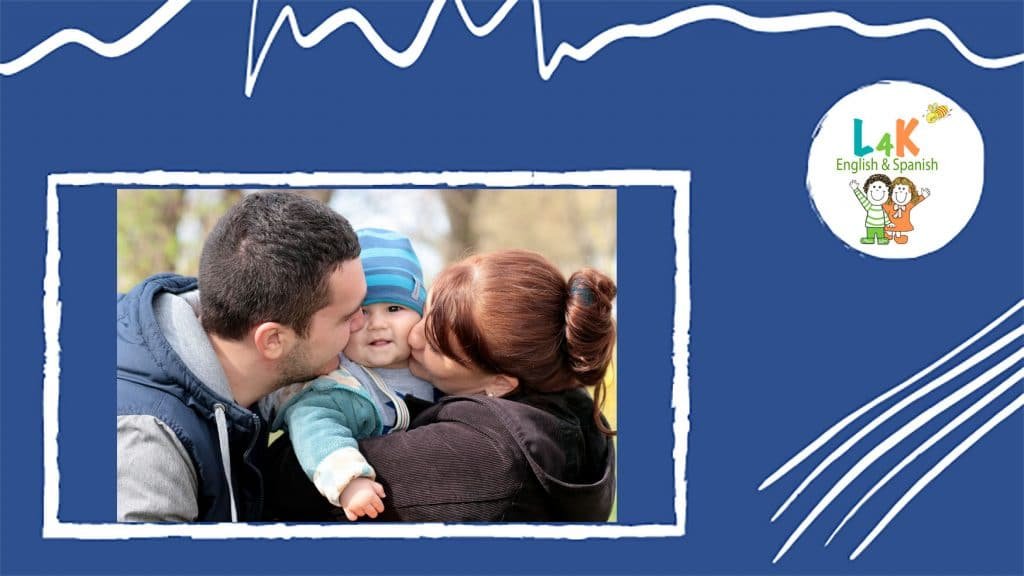Celebrate Hispanic Heritage Month With Kids

Celebrate Hispanic Heritage Month With Kids We at Languages4kidz think it’s important for kids to gain exposure to languages other than their own early on so they can gain a better awareness of the world and its inhabitants. The past and present achievements of Hispanic and Latino Americans are woven into the fabric of Hispanic […]
Songs for kids – Languages4kidz – YouTube channel

Songs for kids in English in our YouTube channel Check out our YouTube channel with songs for kids in English. When exposing little ones to an additional language musical activities such as songs, nursery rhymes and finger plays are an excellent resource for introducing a particular theme, develop children’s understanding and continuously build up, practice […]
Do you want to start up a new business?

Do you want to start up your own business? If YES is your answer keep reading… We are almost at the end of our summer vacation! With children soon going back to school, this is the best time for you to get ready to start up your own new business. Many parents at this time […]
7 tips for keeping the kids speaking English this summer!!!

Summer will soon be here and with it the end of the school year. For many families, that means their kids’ interaction with the English language slows down. So what can parents do to keep the English learning going this summer? As an English teacher you may be asking yourself what can parents do to […]
Spring is in the air! – Spring Curriculum for kids

We all enjoy very much this time of the year! Spring brings joy with longer and warmer days, beautiful new foliage on trees and shrubs and colorful flowers in gardens. We love going for a walk and stroll around the streets and spend time at the parks with other families playing and having fun. Using […]
Celebrate March!!!

March is on its way! Let’s celebrate! Throughout March and all year long: Music in our schools month -The National Association for Music Education has chosen the month of March to be the time of year to focus on music education in schools all across the United States. Music, poetry, and the spoken word […]
Piensa en grande … ¡2022 ya está aquí!

Piensa en grande … ¡2022 ya está aquí! Si quieres enseñar inglés a niños pequeños, ¡piensa en grande! ¡Hoy es el momento adecuado para empezar a planificar! Si estás interesado/a en iniciar una pequeña empresa en la que se enseñen idiomas a niños muy pequeños, es posible que te estés haciendo […]
You and your little one can learn English together

Parents are the most important people in a child’s life. From the time they are born children learn most from their parents and/or caregivers, and it is in their company that they feel more comfortable. It is the months from conception to the child’s third birthday that are pivotal to optimal brain development, and […]
Presents – Regalos

Presents – Regalos The Holiday Season is filled with traditions. They teach important lessons and help us communicate and pass on shared history and values to our little ones. During the Holidays children receive presents from their families and friends during the Christmas Celebration, for Hannukah or for Kwanzaa around the world. In some countries […]
Time for Back-to-school! Are you ready?

This will be an exciting new beginning for our kids and an opportunity to celebrate the learnings and experiences they will benefit from. Let’s take the opportunity to put in place some back-to-school habits that children may have lost and give them the support they need to continue developing the core abilities all children need […]
Having fun!!!

Learning is easier if it is fun and to make it fun we need to provide children with a playful environment. The more fun the environment, the more a child will want to stay with it. We know children learn in a variety of ways but we all recognize that play is an important vehicle […]
Fall news

Fall is here!!! This year’s Fall Season has become overwhelming with changes taking place in all areas of our lives. One of the most challenging in the educational area. Technology has become essential in teaching and this has increased the need for new educational materials based on digital formats. Our newest line of materials–which are […]
